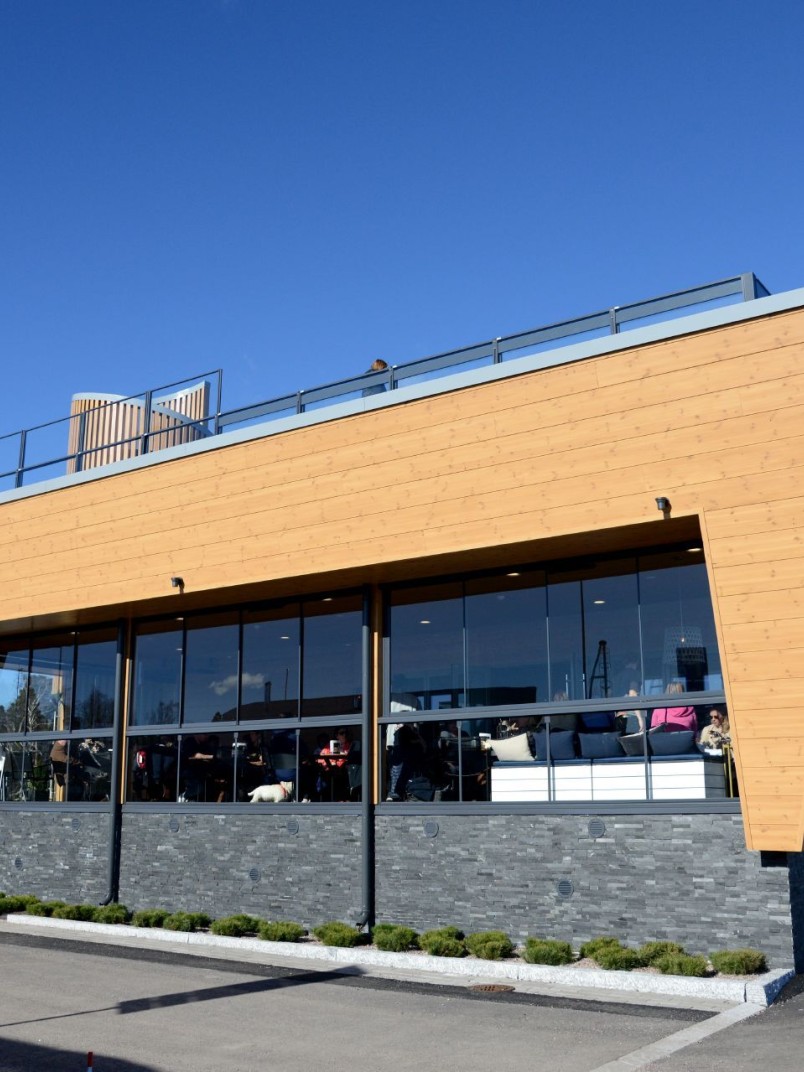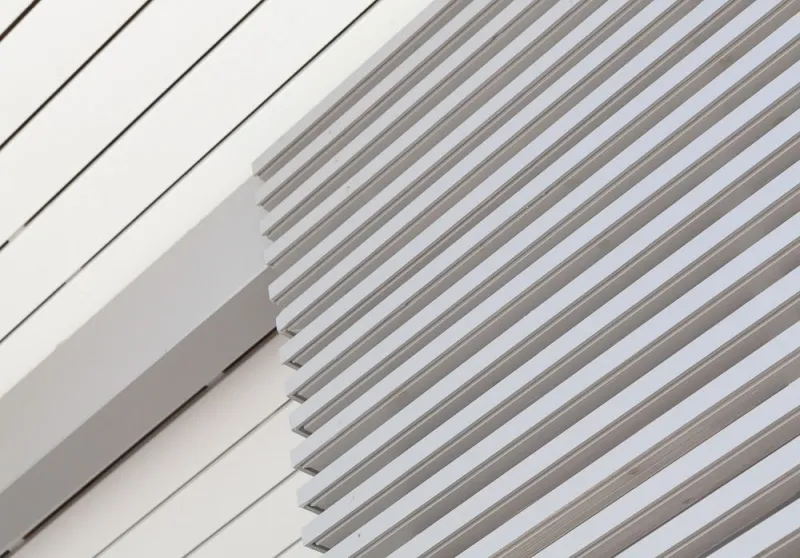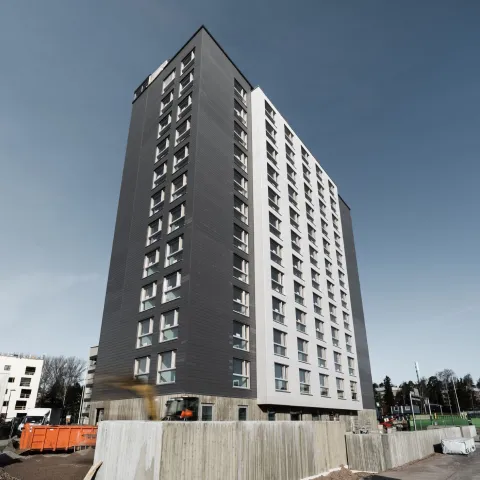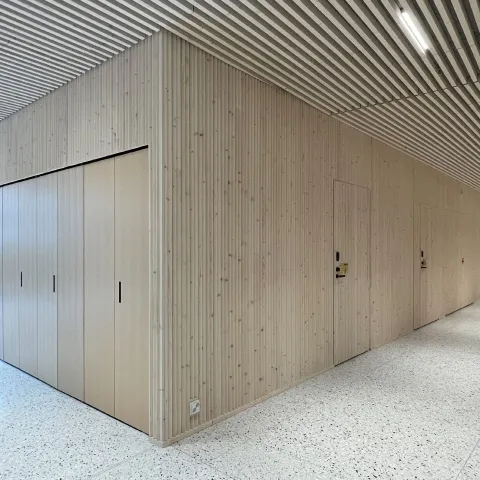A long maintenance painting interval reduces the carbon footprint of a wooden building

In sustainable construction the goal is to maximize building lifespan and sustainability. To achieve this you have to pay attention to both material choices and quality of construction.
Materials that cause minimal stress to the environment reduce both a building’s carbon footprint and the use of non-renewable natural resources. And high quality of construction ensures that residents can enjoy living in the building for a long time.
As construction and demolition produces 40–50% of all waste, every year added to a building’s lifespan matters for the environment.
Properly treated wooden surfaces increase the lifespan of a building lifespan and reduce carbon footprint
Sustainability is one of the reasons for the increasing popularity of wood construction. With wooden products, environmental damage and energy use are considerably smaller than with concrete, steel, and brick.
Following this same logic, wood finishing products should also be chosen based on their environmental impact. In broad terms, this means opting for water-borne paints over solvent-borne alternatives.
But what is often not considered is the maintenance painting interval. As each repaint inevitably produces paint waste, the number of required topcoat repaints over a building’s lifecycle needs to be considered when evaluating the building’s overall environmental impact.
With the right paint you can reduce the number repaints needed in a 50-year period from thirteen to just three.
How do you ensure a wooden surface stays in good condition for as long as possible?
Sunlight damages the surface layer of wood, quickly turning it gray and fuzzy. Moisture makes wood swell and then shrink again as it dries. Variations in moisture levels result in stress that, over time, causes the wood to crack. Moisture also creates a favorable growth environment for blue stain fungi, molds, and rot fungus.
Structural performance, environment, the direction it’s facing, weather conditions, and other factors have an effect on how well wood stays dry. Sufficiently wide eaves, adequately high footing, and a well-functioning air gap behind the cladding are important factors when protecting wood from moisture stress.
Likewise, a high-quality finish protects wood from moisture and reduces the effects of sunlight and fungi.
Five ways to reduce the environmental impact of wood construction
In terms of wood finish sustainability, there are five ways to reduce the environmental impact:
- Choose finishes with a long maintenance painting interval.
- Select a certified paintshop that will ensure paint waste is properly disposed of.
- Use FSC and PEFC-certified timber.
- Make sure construction site instructions are up to date.
- Ensure that excess timber is recycled or used for energy production, for example in heating plants equipped with suitable combustion gas cleaning systems.
Want to hear more about wood finishing products? Get in touch and we’ll be happy to help!
A wooden structure will last when it is properly cared for.



